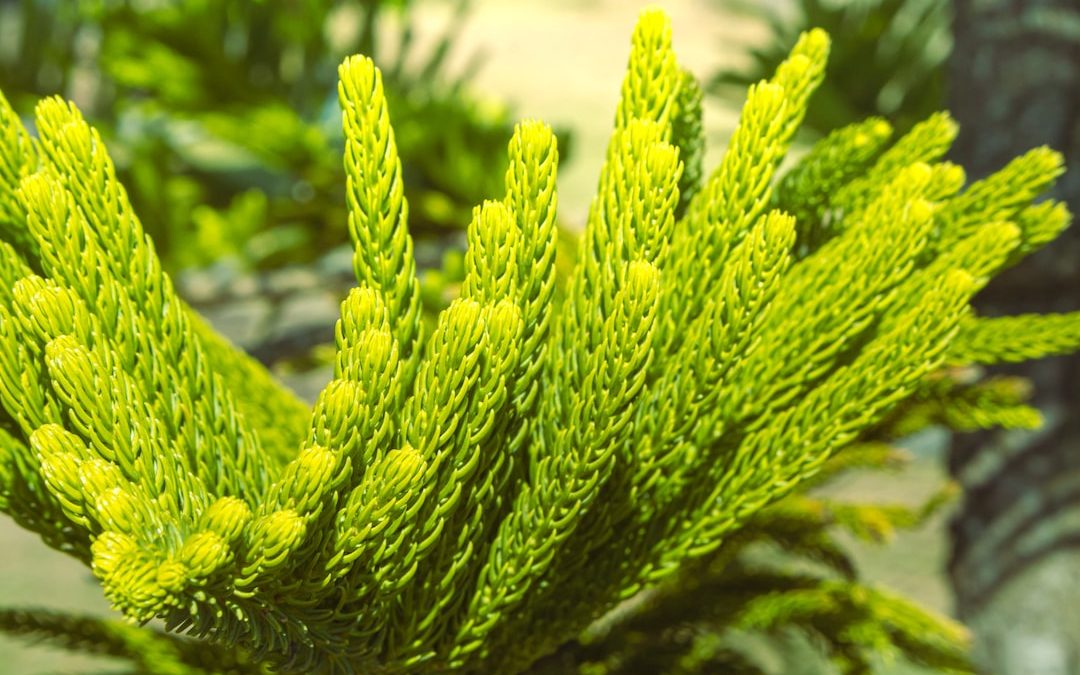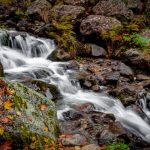Table of Contents
Exploring The Unique Coastal Areas Plants of the World
Introduction
The coastal areas of the world are home to some of the most unique and fascinating plants and vegetation that can be found anywhere. These plants are capable of surviving in some of the harshest conditions, and yet they thrive in their respective habitats. Despite the challenges they face, many of these plants are resilient and are essential for the ecosystems of the coastal areas. This article will explore the unique coastal areas plants of the world, the adaptations they have made to survive, and the importance of preserving these habitats.
Coastal Mangrove Plants
Mangrove plants are some of the most adaptable and resilient plants in the world. They are found in many tropical and subtropical coastal areas, and they are essential for the health of the coastal ecosystem. Mangrove plants are able to survive in salty and brackish water, as well as in the soil that is often saturated with salt water. They have developed an intricate root system that helps them to anchor themselves in the soil while also providing them with the oxygen and nutrients they need to survive. These plants also have the ability to absorb and store large amounts of carbon dioxide, which helps to reduce the amount of greenhouse gases in the atmosphere.
Salt-Tolerant Plants
Salt-tolerant plants are essential for the health of the coastal environment, as they are able to survive the high levels of salt that are found in many of these areas. These plants are able to absorb salt from the soil and use it as a nutrient, which helps to keep the soil from becoming toxic. Salt-tolerant plants are also able to absorb and store large amounts of carbon dioxide, which helps to reduce the amount of greenhouse gases in the atmosphere.
Seagrass Meadows
Seagrass meadows are some of the most important habitats in the coastal environment. These meadows are home to a variety of different species of plants and animals, and they are essential for the health of the coastal ecosystem. Seagrass meadows are able to absorb large amounts of carbon dioxide, and they provide a safe place for many species of fish and other marine life to live. These meadows also help to protect the coastline from erosion and storm surge, which can cause serious damage to the coastal environment.
Beach Plants
Beach plants are essential for the health of the coastal environment, as they are able to survive the harsh conditions of the beach. These plants are able to absorb and store large amounts of carbon dioxide, which helps to reduce the amount of greenhouse gases in the atmosphere. Beach plants also provide food and shelter for many species of animals, and they help to stabilize the beach and protect it from erosion.
Coral Reef Plants
Coral reefs are home to a variety of different species of plants and animals, and they are essential for the health of the coastal environment. These plants are able to absorb and store large amounts of carbon dioxide, which helps to reduce the amount of greenhouse gases in the atmosphere. Coral reefs are also home to many species of fish and other marine life, and they provide a safe place for these species to live.
Tidal Marshes
Tidal marshes are some of the most important habitats in the coastal environment. These marshes are home to a variety of different species of plants and animals, and they are essential for the health of the coastal ecosystem. Tidal marshes are able to absorb large amounts of carbon dioxide, and they provide a safe place for many species of fish and other marine life to live. These marshes also help to protect the coastline from erosion and storm surge, which can cause serious damage to the coastal environment.
Estuarine Plants
Estuarine plants are essential for the health of the coastal environment, as they are able to survive the high levels of salt that are found in many of these areas. These plants are able to absorb salt from the soil and use it as a nutrient, which helps to keep the soil from becoming toxic. Estuarine plants are also able to absorb and store large amounts of carbon dioxide, which helps to reduce the amount of greenhouse gases in the atmosphere.
Kelp Forests
Kelp forests are some of the most important habitats in the coastal environment. These forests are home to a variety of different species of plants and animals, and they are essential for the health of the coastal ecosystem. Kelp forests are able to absorb large amounts of carbon dioxide, and they provide a safe place for many species of fish and other marine life to live. These forests also help to protect the coastline from erosion and storm surge, which can cause serious damage to the coastal environment.
Rocky Shore Plants
Rocky shore plants are essential for the health of the coastal environment, as they are able to survive the harsh conditions of the rocky shore. These plants are able to absorb and store large amounts of carbon dioxide, which helps to reduce the amount of greenhouse gases in the atmosphere. Rocky shore plants also provide food and shelter for many species of animals, and they help to stabilize the shore and protect it from erosion.
Sea Oats
Sea oats are some of the most important plants in the coastal environment, as they are able to survive the harsh conditions of the beach. These plants are able to absorb and store large amounts of carbon dioxide, which helps to reduce the amount of greenhouse gases in the atmosphere. Sea oats also provide food and shelter for many species of animals, and they help to stabilize the beach and protect it from erosion.
Mangrove Forests
Mangrove forests are some of the most important habitats in the coastal environment. These forests are home to a variety of different species of plants and animals, and they are essential for the health of the coastal ecosystem. Mangrove forests are able to absorb large amounts of carbon dioxide, and they provide a safe place for many species of fish and other marine life to live. These forests also help to protect the coastline from erosion and storm surge, which can cause serious damage to the coastal environment.
Conclusion
The coastal areas of the world are home to some of the most unique and fascinating plants and vegetation that can be found anywhere. These plants are capable of surviving in some of the harshest conditions, and yet they thrive in their respective habitats. From mangrove plants to sea oats, these plants have adapted to the unique conditions of the coastal environment and are essential for the health of the ecosystem. It is important to preserve these habitats in order to ensure the long term health of the coastal environment.












